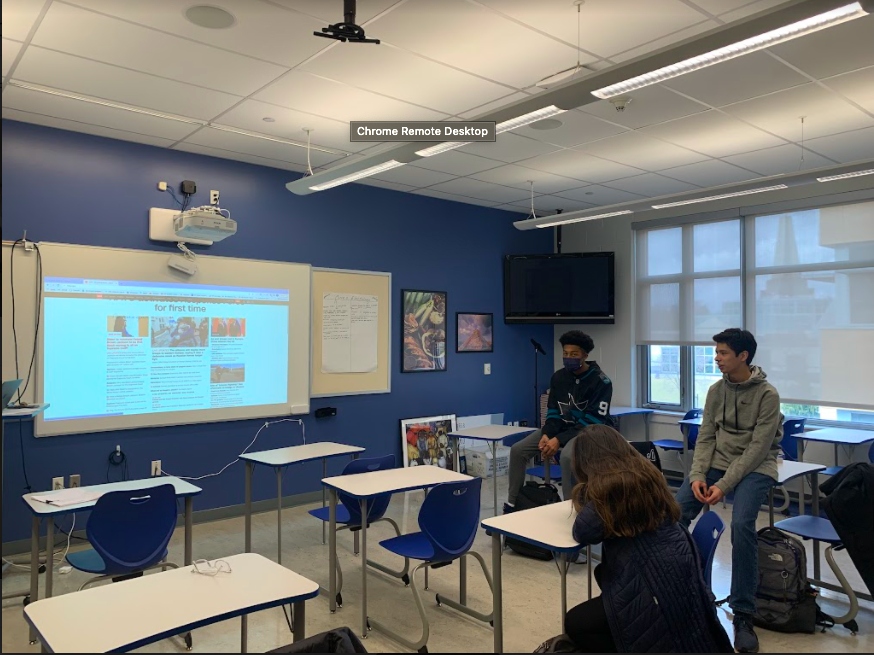Episcopal strives to nurture students in mind, body, and spirit so as to prepare them for their futures in what is often referred to as “the real world.” Teachers and parents are known to berate students with comments of “It won’t be like this once you get to college” and “You’ll be in for a rude awakening when you find out how the real world works.” Episcopal is commonly denoted as a “bubble” for privileged students. In order to educate its students more comprehensively and introduce them to more of the “real world,” it is important that EA not only teach within the bounds of a set curriculum, but also through explorations and explanations of current events.
Drawing connections to current events also gives students a more substantial reason for learning the information that they are being taught. After all, the majority of the information students study now will not necessarily be applied to their careers or lives in the future. “I feel like they [current events] should be taught in class because it can sometimes support the material that is being taught and give us a sense on why we are learning this stuff in the first place,” says Nic Staley ‘22.
Additionally, many students simply cannot stay informed on their own time while maintaining the packed schedules an Episcopal education demands. “I think it’s difficult to learn current events on your own because students spend so much time buried in schoolwork and sports that they aren’t able to take the time for other forms of leisure- like reading about current events,” explains Elizabeth Boruff ‘23.
One class that prioritizes connecting material with current events is AP American Government and Politics (AP Gov), taught this year by David Mercante, Upper School History Teacher. “In AP Gov we have a student summarize a news article everyday,” Mercante explains, “It helps us to reinforce the material of the class and apply it to real-world situations.”
Mercante believes that assessing real-world political developments through news articles particularly lends itself to a government class since it helps students to “think critically about American politics right now.” Mercante thinks this idea, however, can be tied to other courses as well, “It is always good to think about tying what you’re teaching about to current events.” Boruff agrees, “I think it’d be great if maybe we had a current events club, or it was integrated into the history curriculum where we learned about current events monthly or something like that.”
According to Experiential Learning Depot, written by Sara Segar who received an Educator of the Year Award from the Minnesota Association of Alternative Programs, “Insight on what’s happening in the world engenders empathy and compassion. It fosters responsible and active citizenship, a curiosity about the world outside of oneself, and an educated viewpoint.”
However, if you were to ask a random EA student about the new Supreme Court nominee, would they know who she is? If you picked a random APES student, could they explain modern environmental policy in the United States? Grace McLaughlin ‘22, for example, comments, “I do wish APES taught us more about current events and US policy. I think it would have a bigger impact on the students since we’d be learning about what’s happening in our world right now.” Did students know about the building Ukrainian-Russian tension before the invasion, and do they understand it now?
If Episcopal seeks to prepare students for “the real world,” it should continue to encourage discussions about current events in the classroom. This can be intertwined with most class curriculums, but at a bare minimum students should Segar summarizes, “Kids can have fun, be engaged in learning, have an intrinsic motivation to learn, understand the content, build skills such as problem-solving and empathy, and become lifelong learners simply by making learning relevant with the use of current events.”

CURRENT EVENT CONNECTIONS: All classes have the ability to draw connections to real life applications, as seen through this AP Spanish class.
Photo courtesy of Cecilia Murphy ‘22